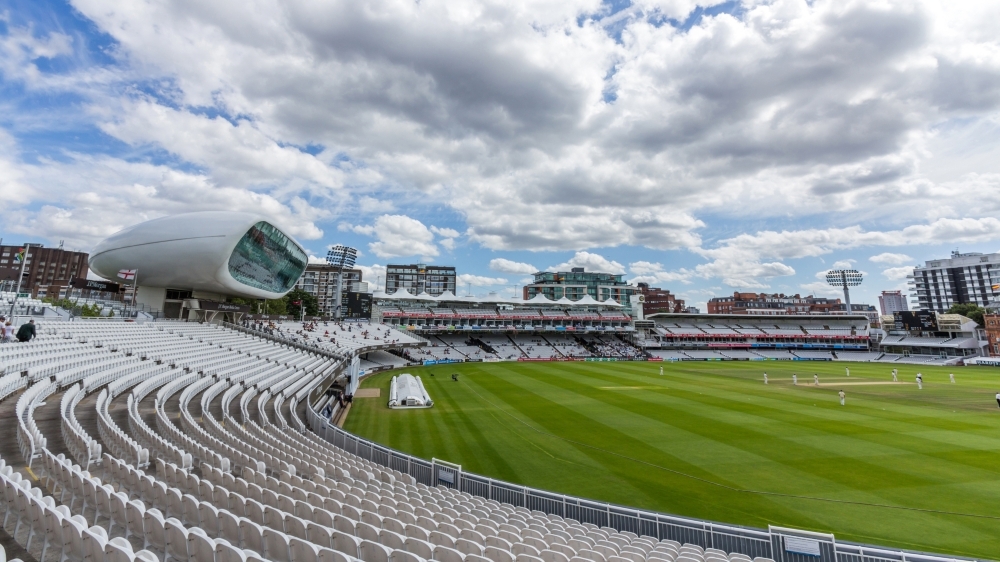When Is the Best Time to Sell A Property? Shifting Strategies with the Season
Selling a property has never been a purely seasonal exercise, but how, if it does at all, can the time of the year a property is listed for sale affect the process? Traditionally, advice has always favoured spring and early summer as the prime months to attract the highest levels of buyer demand, with autumn providing a second opportunity for those who miss the first surge. Winter, by contrast, has often been characterised as quieter, with fewer serious buyers and longer listing times.
While these seasonal selling patterns still carry some weight, the reality is far more complex. Fluctuating interest rates and mortgage costs, rising inflation affecting government policy making, and regional market differences all have far more impact on a buyer’s appetite than calendar dates alone. The most recent survey from the Royal Institute of Chartered Surveyors of the residential market underlines this. Recording a net balance of -17% in new buyer enquiries in August 2025, this marks a second consecutive month of weakening demand in what is supposedly an active part of the year for the market.
Aside from busting the myth that summer is always the time for peak buyer activity, reports such as this outline that lower buyer activity is not just seasonal, but a part of a broader slowdown linked to persistently high borrowing costs and squeezed household budgets. Sellers can no longer rely solely on timing their sale, and with this in mind, it is worth examining the key factors that influence the best moment to sell in the current market in greater detail.

A Look at the Current Picture
The UK property market currently sits against an unappealing backdrop of elevated mortgage rates and stubbornly high inflation. Average rates are continuing to hover around 4%, significantly higher than the levels seen in the mid-2010s and during the Pandemic, contributing to market downturn and also a drop in the value of property almost everywhere. These pressures have created a cooling effect on demand, with the RICS report reflecting slower sales across much of the country.
For sellers, this means that the best time to bring a property to market is becoming increasingly uncertain. The market is not short of buyers as a whole (both domestic and from abroad) but for buyers with significant purchasing power, they can afford to take their time and be more selective when aquiring new assets, especially if financial pressures brought about by the current market and economy are encouraging more property owners to drop sale prices to avoid mounting costs on keeping their assets.
Of course, should inflation fall and interest rates along with it, as well as avoiding any further tax rises on property, there is every chance that by next year, the market could return to a more predictable state of seasonal sales. However, without the benefits of a crystal ball to predict this, should the next fiscal statement in November introduce tighter policies or increase stamp duty, sellers could face a noticeably tougher climate regardless of the calendar, or any fall in inflation and interest rates.
Is there any Impact at the Top of the Market?
United Kingdom Sotheby’s International Realty has experienced a significant milestone this year despite the wider market drop-off and economic uncertainty. 91% of transactions closed at market value, with an average sale of one property per working day up to Q3, with more than £588 million accumulated in total sales value, showing that buyer activity has remained consistent throughout the year. This is particularly impressive given the continued wider economic downturn in cities like London, where average prices on prime real estate have fallen.
This year on average, prices in London fell by 2.7%, contributing to a total decrease in value of 26.2% year-on-year from prices peaking in 2022. This may not come as the best news for sellers wanting to retain as much of their property's value as possible. However, the fact that the market remains consistently active and that such a high margin of sales prices were concluded at listed price, should also soothe any further worries of diminished value.
Overall, whilst valuations in this sector continue to hold, it is a good sign that potential sellers need not worry much about when they list their property, provided buyers remain active. In fact, if prices continue to fall, demand could even soar in the prime market across the country, particularly in areas such as London with its status and prominence as a global city. However, any potential changes to property taxation could still spell bad news for sellers, as if interest dips due to higher taxes, sellers may have to lower prices further to retain any interest.
With that being said, the appetite for those interested in super-prime properties can always defy predictions and expectations if the right buyer finds something they simply must have. United Kingdom Sotheby’s International Realty concluded the sale of a £20 million six-bedroom property in St.John's Wood in August under an exclusive mandate. Acquisitions like this will continue to occur despite the wider market or economic picture, and whilst when it happens may not be so easily predictable, the firm’s experience confirms that it most assuredly will.
Seasonal Trends in a Changed Market
Spring is often the favoured season for sellers, and in many respects, this continues to hold true. The lengthening of days brings more time to view properties in full daylight, accommodating busy schedules, and with better weather, buyers are more motivated to see a property for all it represents as an investment opportunity. Families prefer to plan moves well before the summer holidays to minimise disruption. Sellers can usually rely on stronger interest in April and May, but must be prepared for a slower sales process than in recent years due to the market trends, which at the moment, can quite easily drag out all summer.
Autumn often provides a second wind for the housing market, with renewed activity in September and October as people return from summer breaks or try to make the most of properties falling in value due to sales falling through or a lack of offers over summer. Sellers aiming for an autumn sale should ideally target the early part of the season, when confidence tends to be steadier and households remain motivated to move before Christmas. Winter has long been seen as the least attractive season to sell, with darker days and holiday distractions limiting both potential for viewings and serious offers. December, in particular, rarely generates strong buyer competition.
However, it would be wrong to dismiss winter as a selling period entirely. Some of the most motivated buyers are active during this period. For the coming winter in particular, activity could skyrocket if inflation falls and lenders respond with improved mortgage products early in the new year. The same is true for new incoming legislation, as when this takes effect at the end of the financial year, it could cause a surge in buyer activity to beat the rule changes before they apply. For sellers prepared to be patient and realistic on price, winter could serve as a launchpad into a stronger spring market.
Regional Spikes, Property Types and Buyer Behaviour
Not all markets respond equally to the same conditions. London and the South East, long the powerhouses of the UK property market, continue to resist market pressures but have not been immune to the slowdown and effects taking hold. Sellers in these regions may find that even in peak season, achieving an asking price requires both patience and persuasion, as the appeal for these markets has slightly shrunk, even though the demand for high-end properties remains substantial.
By contrast, markets in the North East and parts of Scotland have shown more resilience, with demand increasing in many areas thanks to lower-than-average property prices. Sellers in these regions may find that seasonal patterns still play a stronger role, with spring and autumn bringing the expected uplift in interest, underlining the importance of understanding unique property appeal, as well as buyer behaviours against the backdrop of the national market.
This year, despite affordability challenges, demand for well-located three- and four-bedroom homes has remained stronger than other property types. Sellers with larger properties should prioritise spring listings but remain alert to the autumn window if spring demand underwhelms. However, for smaller properties, the picture is more complicated. The desire for more space remains consistent, and with higher service fees and worries over changes to tax causing concern for buyers, sellers in this category may need to be more flexible on both sale prices and times.
Strategic Positioning for Sellers
Amid so many fluctuating economic pressures, the correct strategy is of the utmost importance in the current market for a successful sale in good time and at a good price. Homes that present well from the first day on the market are better positioned to convert viewings into offers, particularly when demand is limited, be it regionally or for a particular property type.
By understanding both national and local realities, sellers can position themselves to achieve the best possible result by being wary of both the present and future developments on the horizon. Whether that means acting swiftly to cinch a sale at the right time for a good price or exercising patience until the right buyer emerges, it will be conditional on the property in question and whether the seller is in a position to take their time and hold out for the right price.
If you’re seeking expert guidance on buying or selling a prime or super prime home in UK, please contact us and an expert will be in touch.



